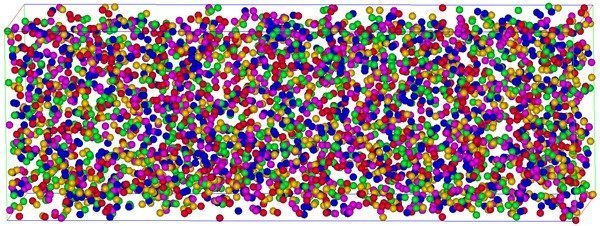Future technology challenges will no longer be simply addressed by today's materials and processing solutions, which are often based on trial and error. Instead, guidance will be attained from correlative experimental and theoretical research bridging all length scales.


